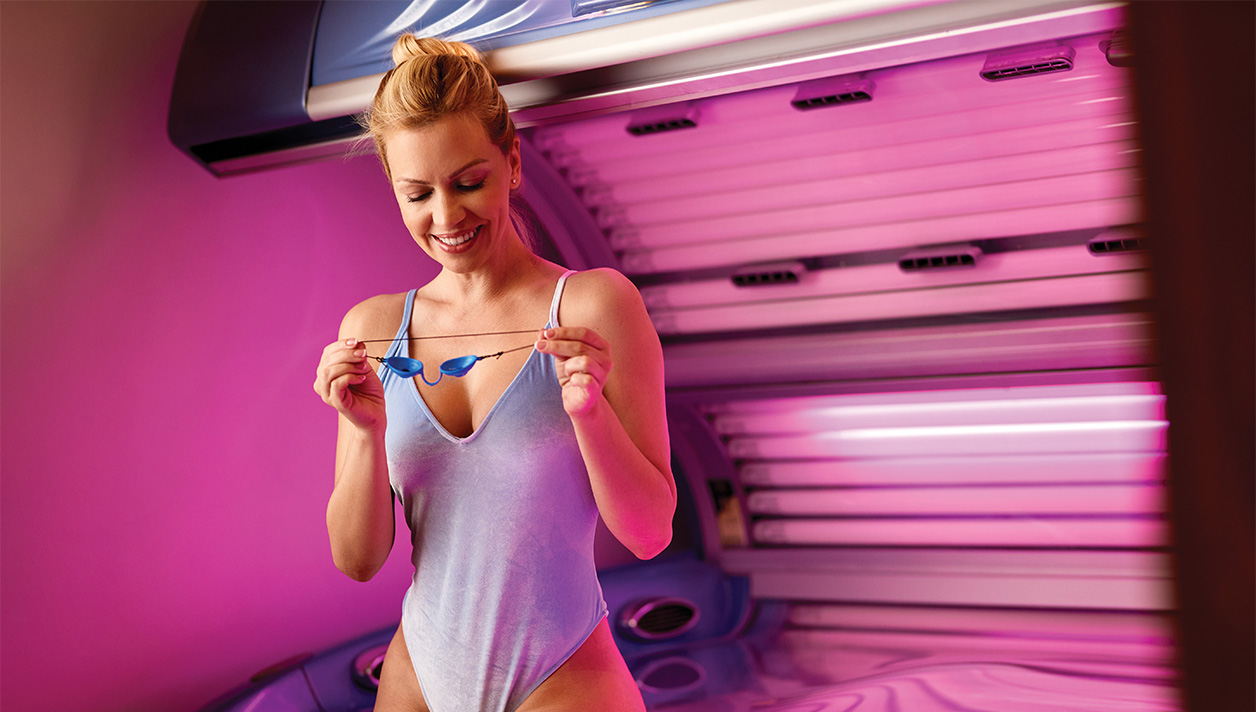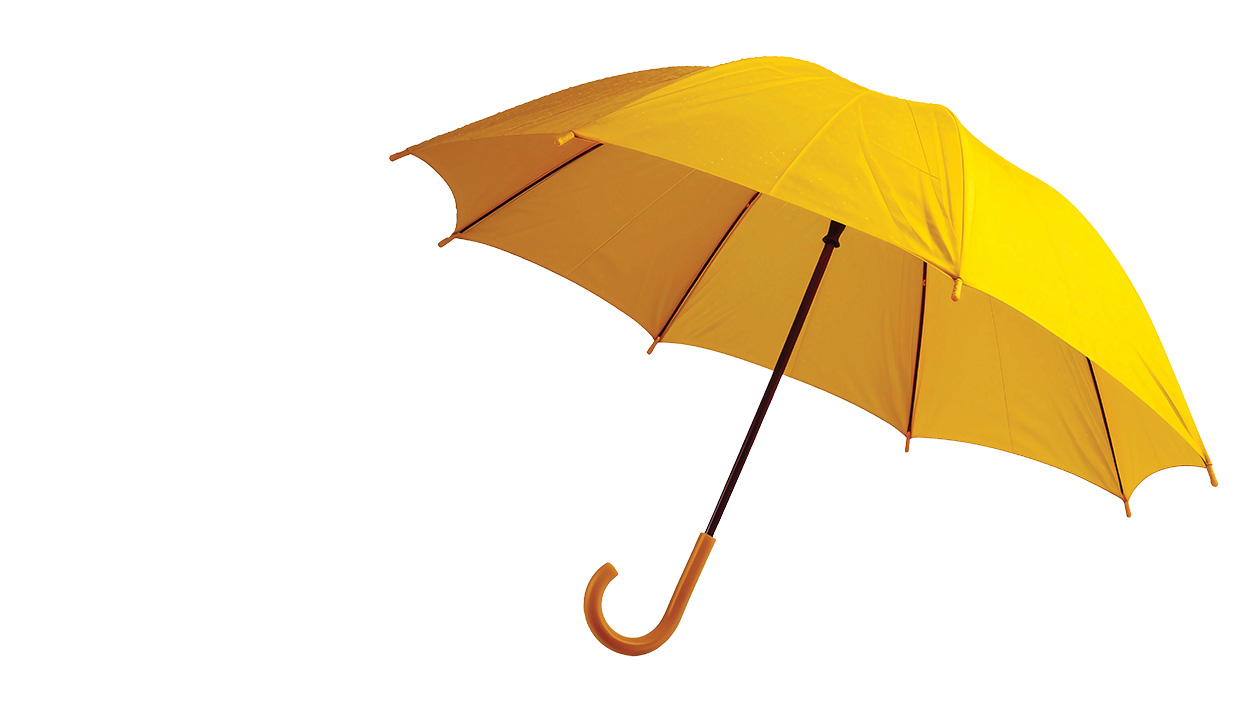[gap height=”15″]
The following are questions Team Wolff frequently receives from salon operators:
[gap height=”15″][gap height=”15″]
Can I use 160-watt lamps in my bed that calls for 100-watt lamps?
[gap height=”15″]
The answer involves a combination of the bed, the ballast and the lamp. A 100W ballast will only drive (power) the lamp at 100 watts. Therefore, lamping a 100W bed with 160W lamps will not give improved performance. To the contrary, the 160W lamp will be under-driven by the 100W ballast (if the lamp will reliably start), the ballast will run hotter due to the demands of the higher wattage lamp, and the lamp will almost certainly fail quickly… all the while, the tanners are getting substandard UV exposure and are unhappy with their results.
[gap height=”15″][gap height=”15″]
Can I use a reflector lamp in a bed that recommends a non-reflector lamp?
[gap height=”15″]
Usually, beds that are designed for a non-reflector lamp have greater spacing between the lamps than a bed properly designed for reflector lamps. This greater spacing allows the UV energy to bounce off the reflective surface behind the lamp, and then onto the tanner’s body during the session. Due to the geometry of a bed designed for full-coat (non-reflector) lamps, re-lamping with reflector lamps may cause tanners to develop a “striping” effect on their skin. That’s because the reflective coating on the lamp causes the UV energy to go in one direction instead of “bouncing” off the reflective surface behind the lamp. This practice may also change the thermal environment of the bed, resulting in higher temperatures on the lamp, which in turn results in reduced system output.
[gap height=”15″]
What’s the difference between High-Output (HO) and Very High-Output (VHO) lamps?
[gap height=”15″]
High-Output (HO) lamps operate on 80W or 100W ballasts that generate respectively 800 and 1,000 milliamps (.8 to 1.0 amps). Very High-Output (VHO) lamps are designed to operate on 160W ballasts that generate 1,500 milliamps. HO lamps are found predominantly in tanning beds, while VHO lamps are principally found in stand-up units and larger (upgrade) beds. VHO lamps typically produce about 50 percent more output than HO lamps, although they consume 60 percent more energy. Due to the higher power and its effect on the phosphors, VHO lamp life is generally shorter than that of HO lamps.
[gap height=”15″]
Most VHO lamp styles include internal reflectors – a reflective coating on the backside of the lamp. This increases the effective delivery of UV energy compared to reflectors built into the bed for non-reflector lamps. The overall increase in effectiveness is often overstated – perhaps 15-20 percent more effectiveness than a well-designed bed with non-reflector lamps.
[gap height=”15″]
All in all, better to stay with the use intended by the original bed design when re-lamping.
[gap height=”15″]
If you have a question you’d like to be featured in an upcoming article, please email sales@wolffsys.com.




























